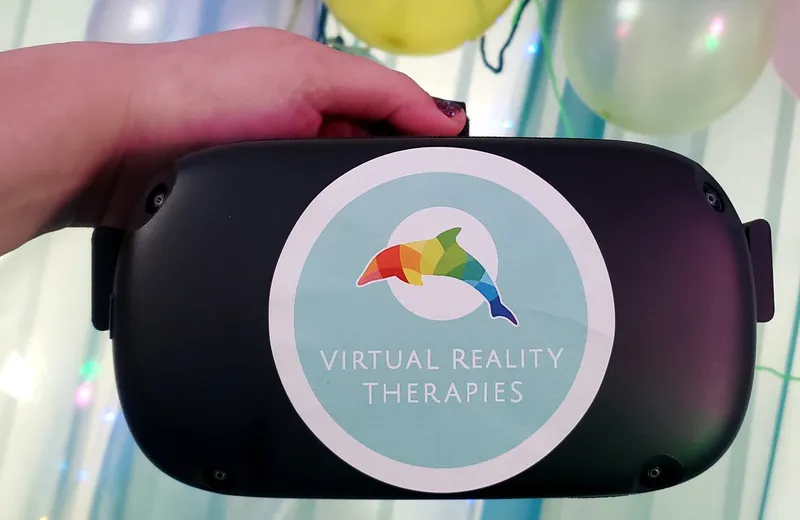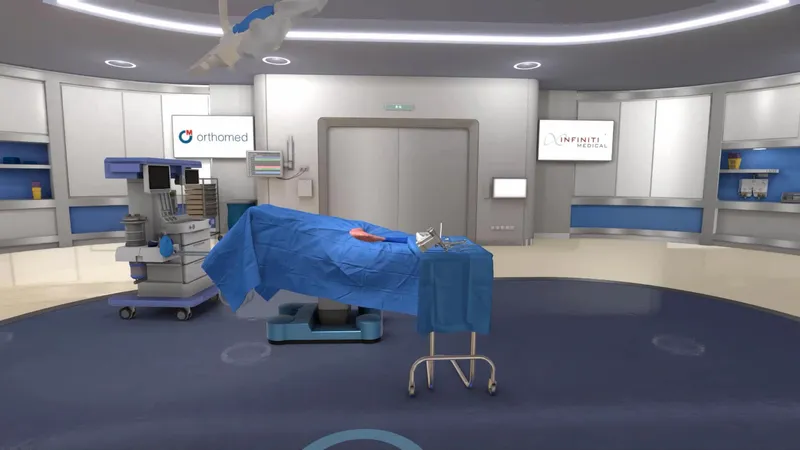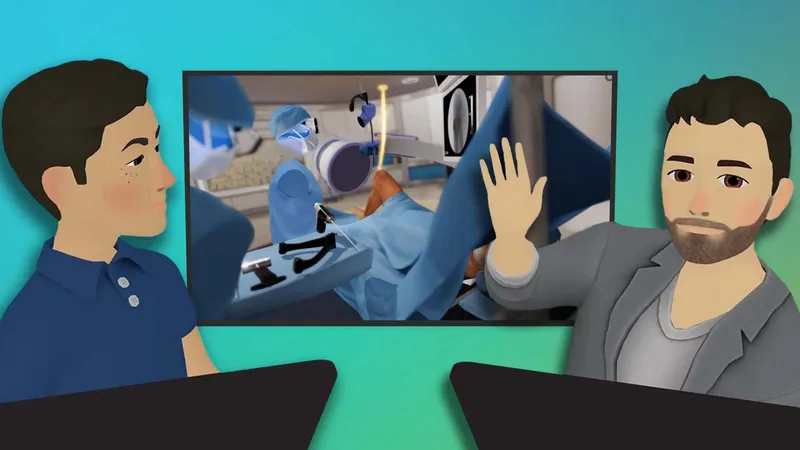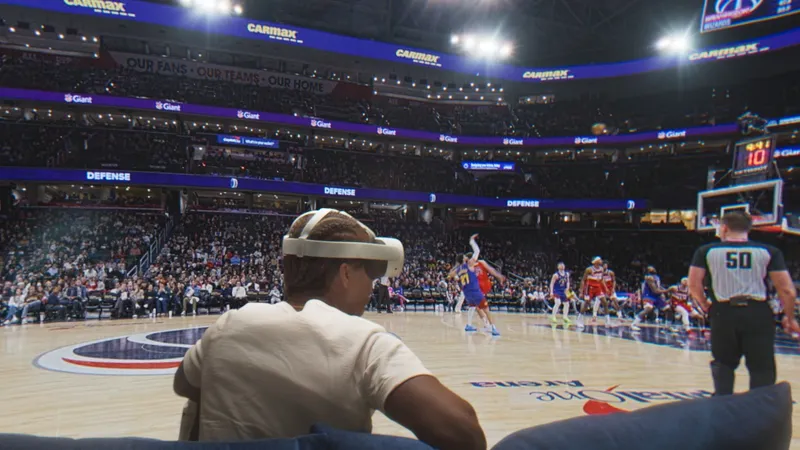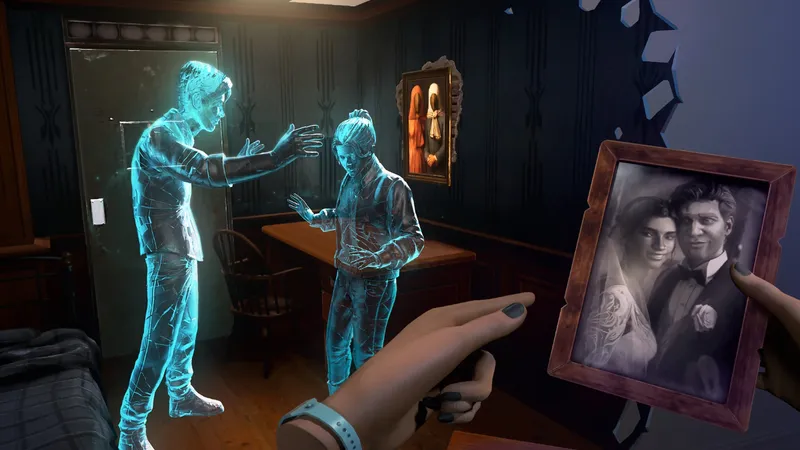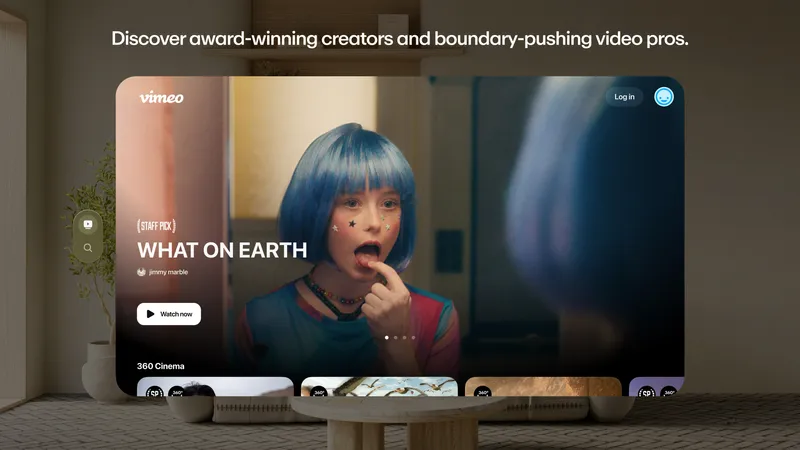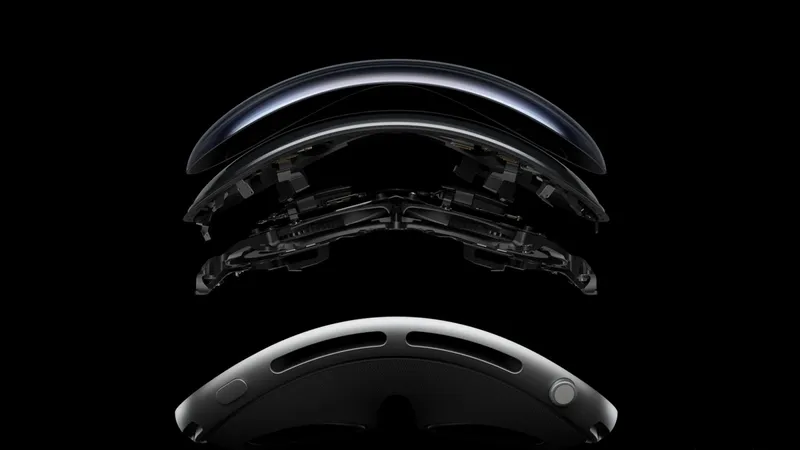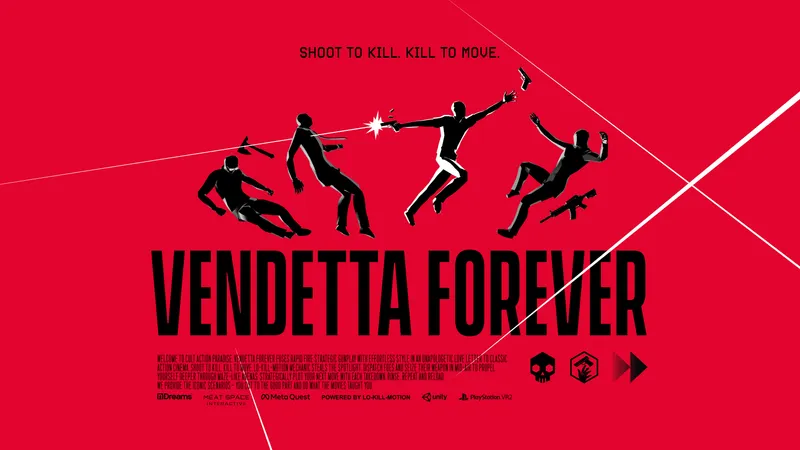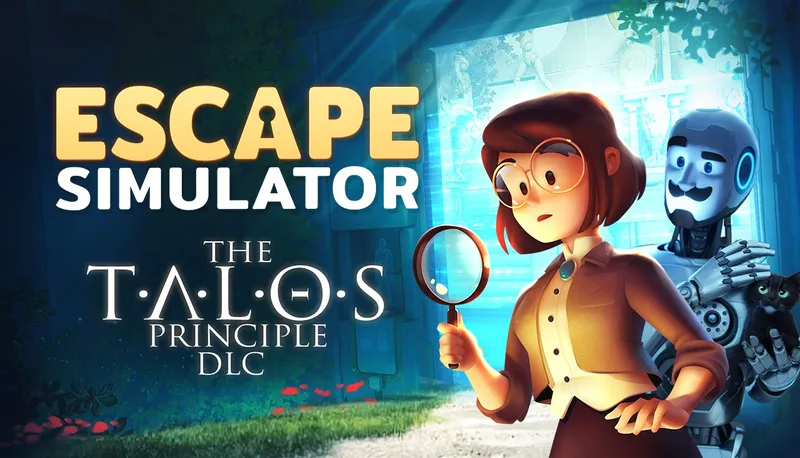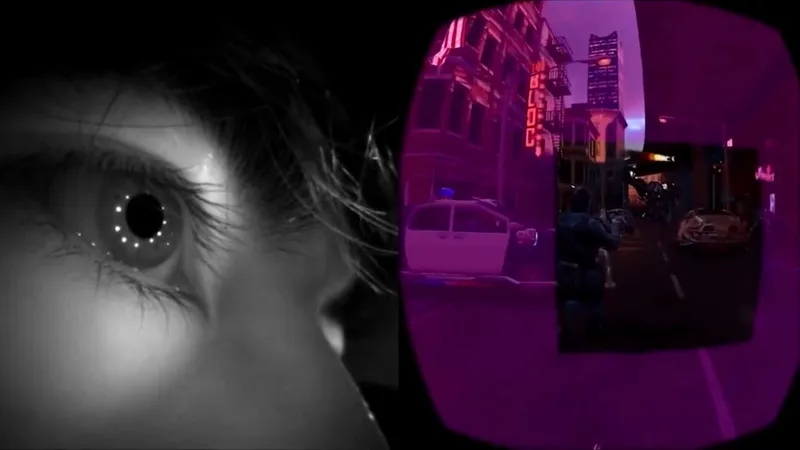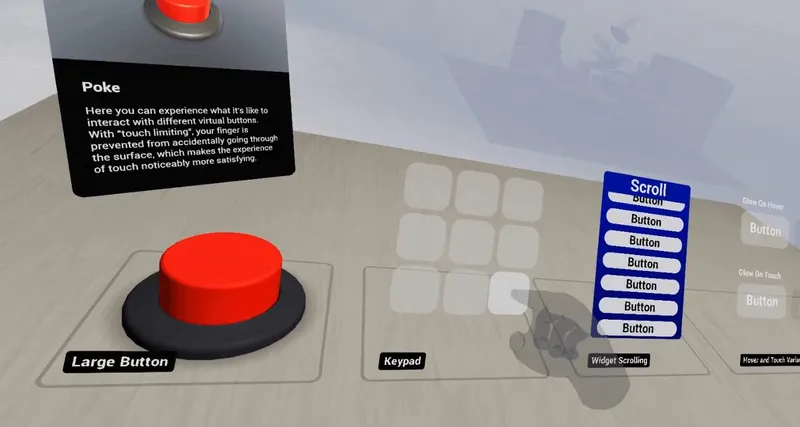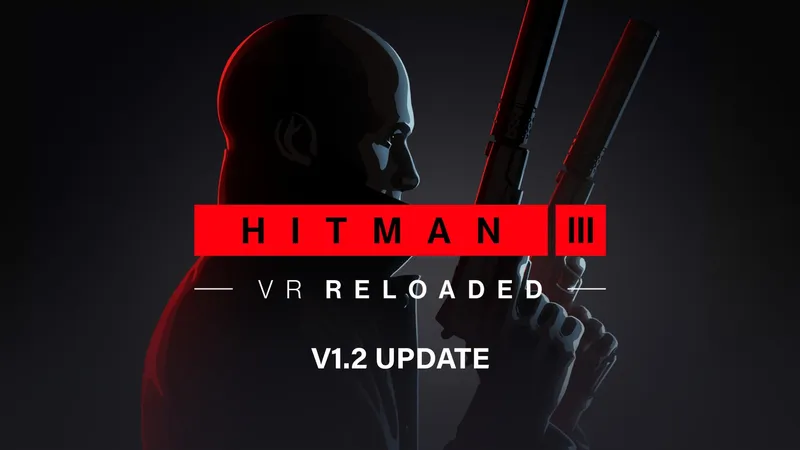Want definitive proof that virtual reality can help change the world for the better? Look no further than this incredible video for the Walk Again project.
Beginning all the way back in 2013, the Walk Again project was formed to carry out extensive recovery research on eight long-term paraplegics. You may remember seeing some of the organization’s early work at the 2014 World Cup in Brazil, where one of these patients used advanced machinery fitted to his legs to kick a ball. It was an early sign that this group could make some real breakthroughs.
https://youtu.be/MuzDaFcjlC0
That was just the start of the project’s research, though, and the video above shows the startling discovery it’s made since. Through the use of that machinery, sometimes paired with an Oculus Rift, the Walk Again team has been able to trigger some signs of movement in patients that were once told they would never walk again.
You can see the results for yourself towards the end of the video, in which one patient is able to make small steps. They’re only slight, but considering their condition this is remarkable progress, and VR had a part to play in it. Early on in the video you can see a Rift strapped to one patient as he’s suspended in mid-air, while another scene shows someone using the Rift and looking down at a pair of virtual legs that are inching forwards.
Hopefully the project can upgrade it’s VR kit going forward if it hasn’t already; the video shows the Oculus Rift’s first development kit (DK1), which is now something of a relic when stacked up to the lighter, clearer, and position-tracked consumer model. Judging by the video, VR is used to help convince the user that their legs are moving, presumably prompting some replication in the real world.
It’s a fascinating discovery and easily one of the most important uses of the Rift we’ve yet seen. Let’s hope we hear more positive news from Walk Again later down the line, and that it helps others to look to VR as a means of treatment.



